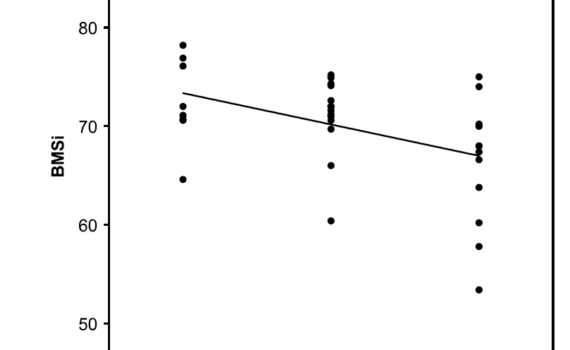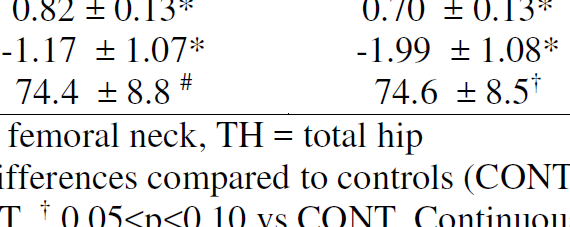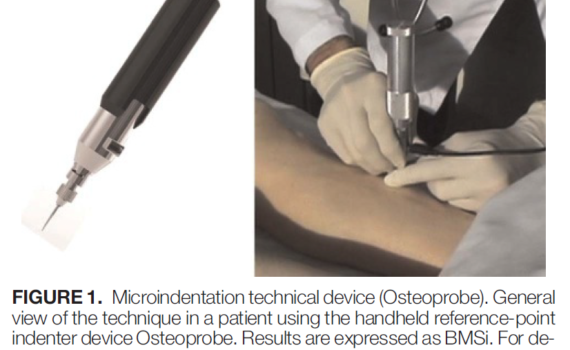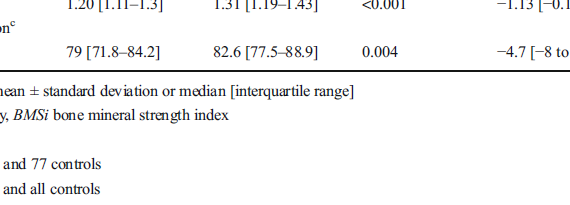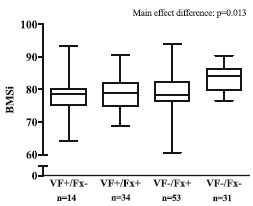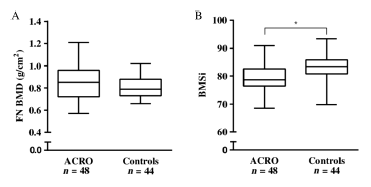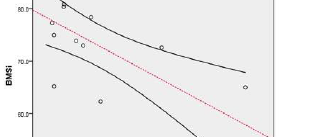Abstract Bone adapts to loading in several ways, including redistributing bone mass and altered geometry and microarchitecture. Because of previous methodological limitations, it is not known how the bone material strength is affected by mechanical loading in humans. The aim of this study was to investigate the effect of a […]
rpiresearch
Abstract The aim of the study was to test, whether bone material strength differs between different subtypes of osteoporotic fracture and assess whether it relates to vertebral fracture severity. Cortical bone material strength index (BMSi) was measured by impact microindentation in 66 women with osteoporotic fracture and 66 age- and […]
Abstract We tested whether cortical bone tissue properties assessed by in vivo impact microindentation would distinguish postmenopausal women with recent distal radius (DRF) or hip fracture (HF) from nonfracture controls (CONT). We enrolled postmenopausal women with recent DRF (n = 57), HF (n = 41), or CONT (n = 93), and used impact microindentation to assess […]
Abstract BACKGROUND: Bone mineral density (BMD) measured by dual-energy x-ray absorptiometry is used to assess bone health in kidney transplant recipients (KTR). Trabecular bone score and in vivo microindentation are novel techniques that directly measure trabecular microarchitecture and mechanical properties of bone at a tissue level and independently predict fracture […]
Abstract Bone health is assessed by bone mineral density (BMD). Other techniques such as trabecular bone score and microindentation could improve the risk of fracture’s estimation. Our chronic kidney disease (CKD) patients presented worse bone health (density, microarchitecture, mechanical properties) than controls. More than BMD should be done to evaluate […]
Abstract Type 2 diabetes mellitus (T2DM) is associated with an increased risk of fractures according to several studies. The underlying mechanisms remain unclear, although small case-control studies indicate poor quality of the cortical bone. We have studied a population-based sample of women aged 75 to 80 years in Gothenburg, randomly […]
Abstract We evaluated the relationship between bone material strength index (BMSi) and fragility fractures, including vertebral fractures. Our data showed that BMSi is low in all fracture patients with low bone mass, independently of whether patients sustained a vertebral or a non-vertebral fracture. INTRODUCTION: Impact microindentation (IMI) is a new […]
Abstract OBJECTIVE: Acromegaly is a rare disease caused by excess growth hormone (GH) production by the pituitary adenoma. The skeletal complications of GH and IGF-1 excess include increased bone turnover, increased cortical bone mass and deteriorated microarchitecture of trabecular bone, associated with a high risk of vertebral fractures in the […]
Abstract Gaucher disease (GD), one of the most common lysosomal disorders (a global population incidence of 1:50,000), is characterized by beta-glucocerebrosidase deficiency. Some studies have demonstrated bone infiltration in up to 80% of patients, even if asymptomatic. Bone disorder remains the main cause of morbidity in these patients, along with […]
Abstract Osteoporosis is defined as a reduction in bone mass and impairment of bone quality that lead to bone fragility and fracture risk. Bone quality includes a hierarchy of properties from macroscopic to nanoscale level. Several techniques have been developed in an attempt to measure these non-density properties. Densitometry, high-resolution […]


